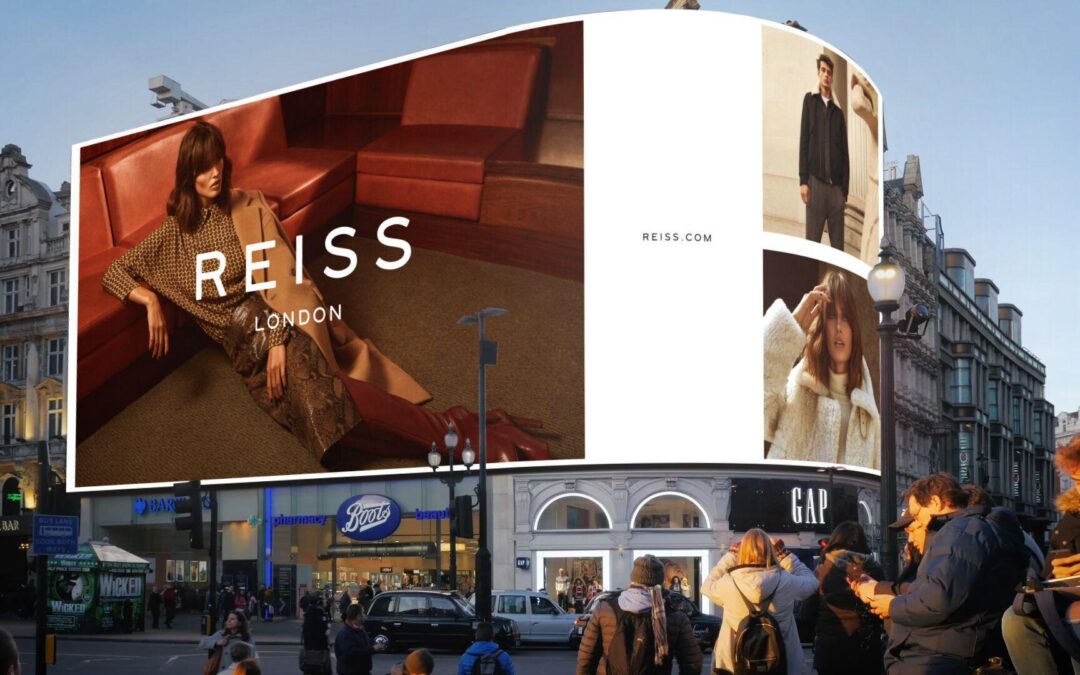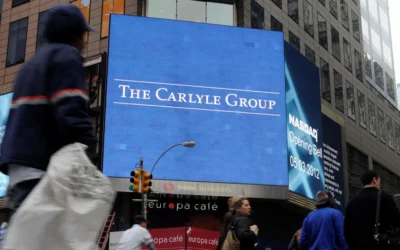In 2021, the gap between winners and losers in fashion is expected to widen further, creating the conditions for a wave of consolidation in the industry, according to a joint report by consulting firm McKinsey and trade publication Business of Fashion (BoF).
Companies with healthy balance sheets will be looking for smaller upstarts and struggling rivals they can pick up. At the same time, buyers are expected to spend less on clothing, while companies plan to downsize their product lines to reduce the complexity of their operations and focus on what they think they can sell. In various ways, the industry as a whole is on the verge of shrinking.
It will not be an easy year. Even though much of the industry has started to recover from the first round of global lockdowns faster than McKinsey expected, and vaccines are now starting to roll out in several countries, new cases of Covid-19 are on the rise in different regions and it will still take time. before populations develop immunity widespread enough to return to normal life. Much of the global economy will experience reduced growth. With continued uncertainty and declining purchasing power, buyers’ demand for clothing is expected to decline.
McKinsey predicts that fashion industry sales in 2021 will be up to 15% lower than 2019 levels. Additionally, he predicts that the industry will not experience a full recovery until the third quarter of 2022 at the earliest. . If Covid-19 proves to be more difficult to control than expected, it could take until the end of 2023.
In this environment, there will be more store closures, more job cuts and more bankruptcies in the fashion industry. However, not all businesses will experience the downturn in the same way.
Even before 2020, a shrinking group of fashion companies were generating all of the industry’s economic benefits, a similar measure to regular profit that also takes into account a company’s cost of capital to gauge how much it invests to generate its performance. . In short, most fashion companies either lose money or fail to make a profit from their investments. The pandemic has only exacerbated the situation. Although she tripped even the strongest, she completely hampered many of the weak.
The most resilient so far have been luxury companies, online retailers, discount chains, and sportswear manufacturers. Companies with a high proportion of sales in Asia, especially China, where sales are rebounding, also fare better than the competition.
But everyone will be looking for strategies to get through this difficult year. A popular option will be to reduce the range of products they sell. For years, many companies have expanded their assortment, offering more individual styles in more categories and with more variations, such as different color choices. But more products mean more complexity in the supply chain, and the further companies move away from their core products, the more likely they are to create duds that don’t connect with customers.
Of the 290 fashion industry executives surveyed by McKinsey and BoF, 61% planned to reduce the number of different products they sell in order to avoid overstocks. Companies such as Nike and Coach have already started streamlining efforts.
Either way, many companies will need financial support, creating opportunities for top predators and private equity firms. Speaking on December 2 at the BoF’s annual voice conference, Achim Berg, global head of fashion and luxury at McKinsey, predicted massive consolidation in the first two quarters of 2021. He said that it was currently difficult for companies to obtain approval from boards of directors or investors. deals with the current situation, which is expected to change as pandemic conditions improve. Once vaccination levels rise and the weather eventually warms up, which brings infection levels down, I think some investors will become brave, he said.
Second, we anticipate that many governments will at some point start cutting back on the support they provide, he added. At that time, and with the end of it in sight, the consolidation will take place.
In the meantime, some acquisitions are already starting as companies procure healthy but smaller labels that give them a chance to grow. VF Corp recently bought Supreme, Moncler acquired Stone Island, and now JD Sports, the UK’s largest sportswear retailer, has announced its purchase from American retailer Shoe Palace.
By the end of 2021, the fashion industry will be very different from what it was at the start of the year. The pandemic appears to be changing the buying habits of consumers in the long run. Companies need to respond by investing more in digital sales and focusing on clothing categories that are likely to get them a share of the smallest pool of dollars available to shoppers. The stronger will also take the opportunity to become even stronger, while the weak will do what they can to survive.
Source: Ex Bulletin
Can’t stop reading? Read more
Carlyle and Goldman Sachs open private credit funds to Willow users with $10,000 minimum
Carlyle and Goldman Sachs open private credit funds to Willow users with $10,000 minimum Carlyle,...
EQT, PAI, and Stone Point shortlisted for €2bn takeover of Castik-backed Global Group
EQT, PAI, and Stone Point shortlisted for €2bn takeover of Castik-backed Global Group EQT, PAI...
CAIS Advisors unveils retail vehicle giving investors a stake in elite sports and media
CAIS Advisors unveils retail vehicle giving investors a stake in elite sports and media Eldridge...




